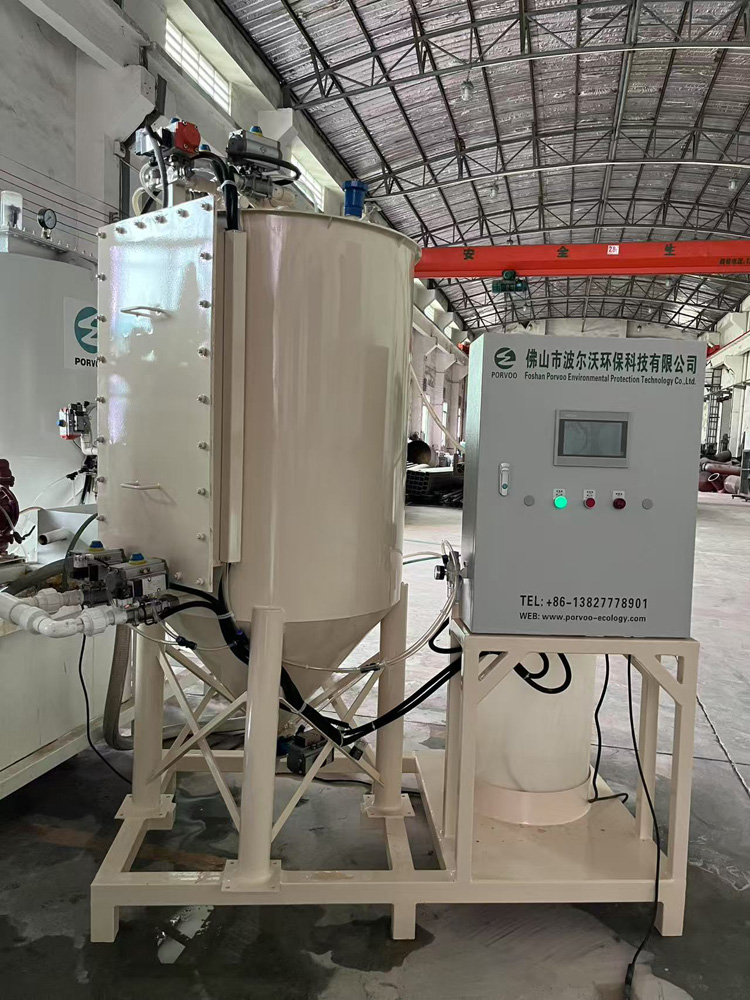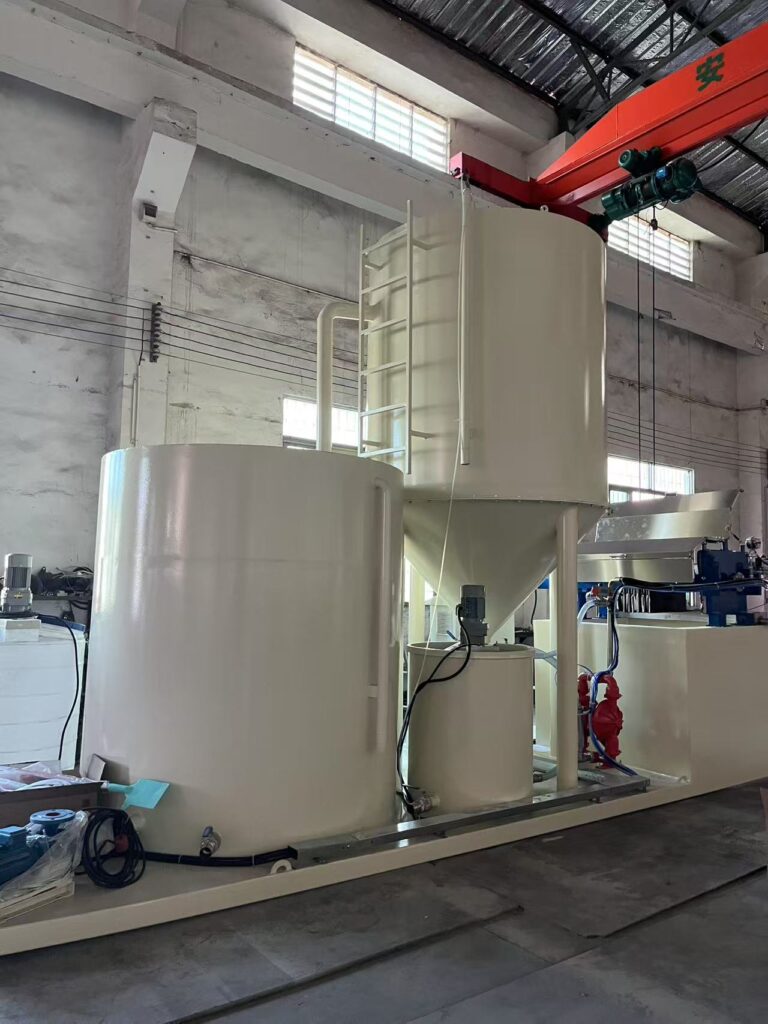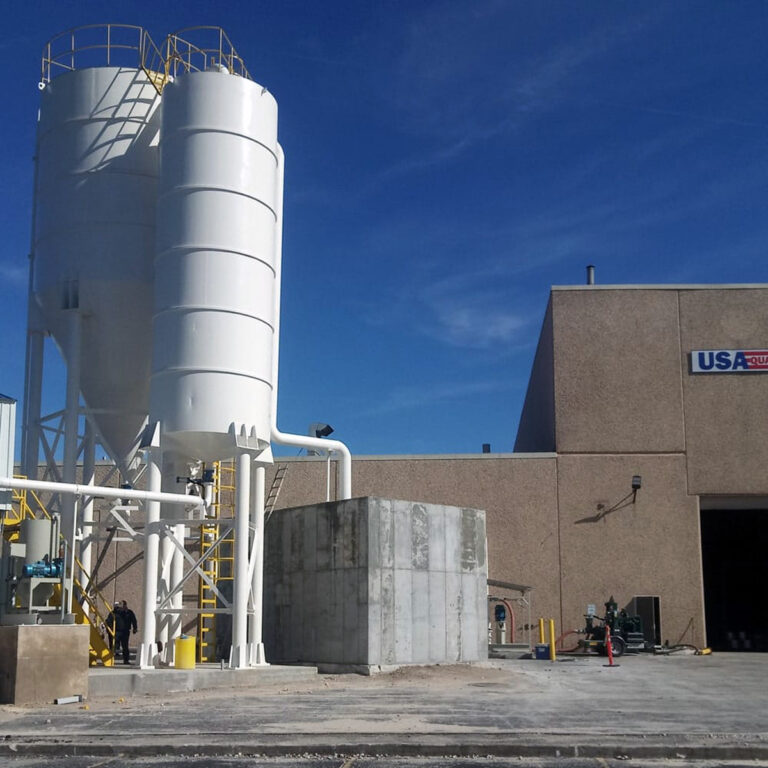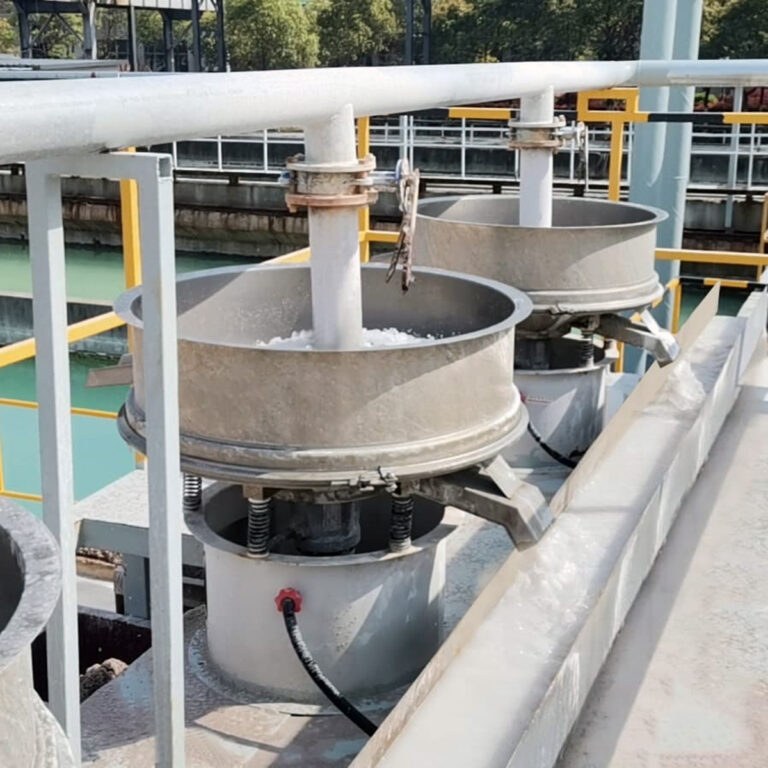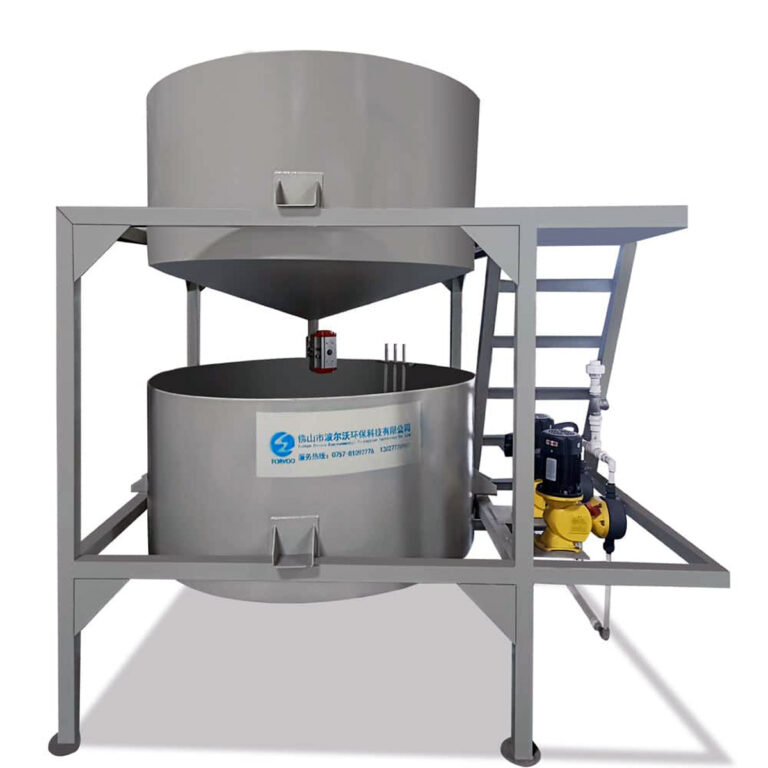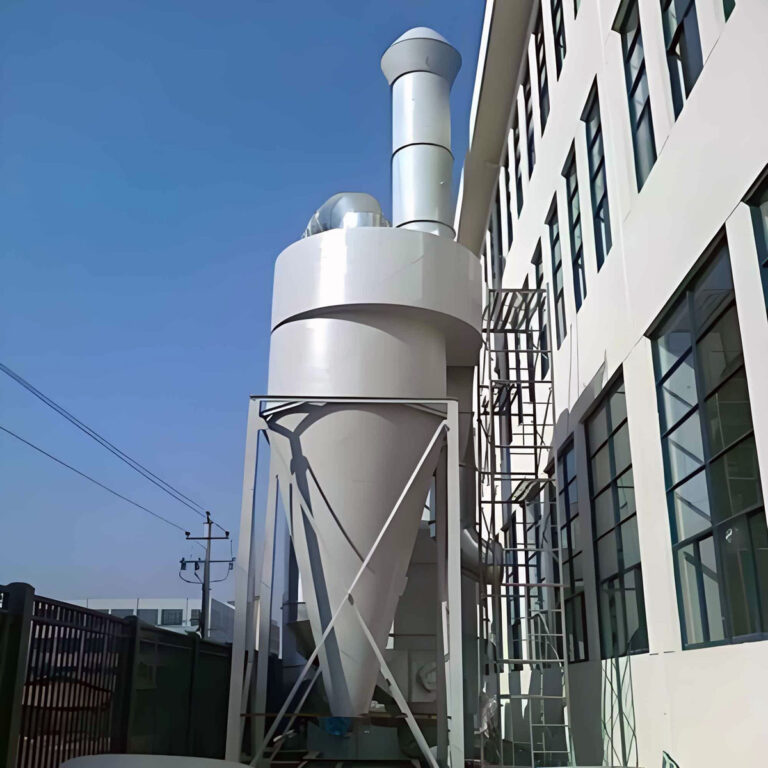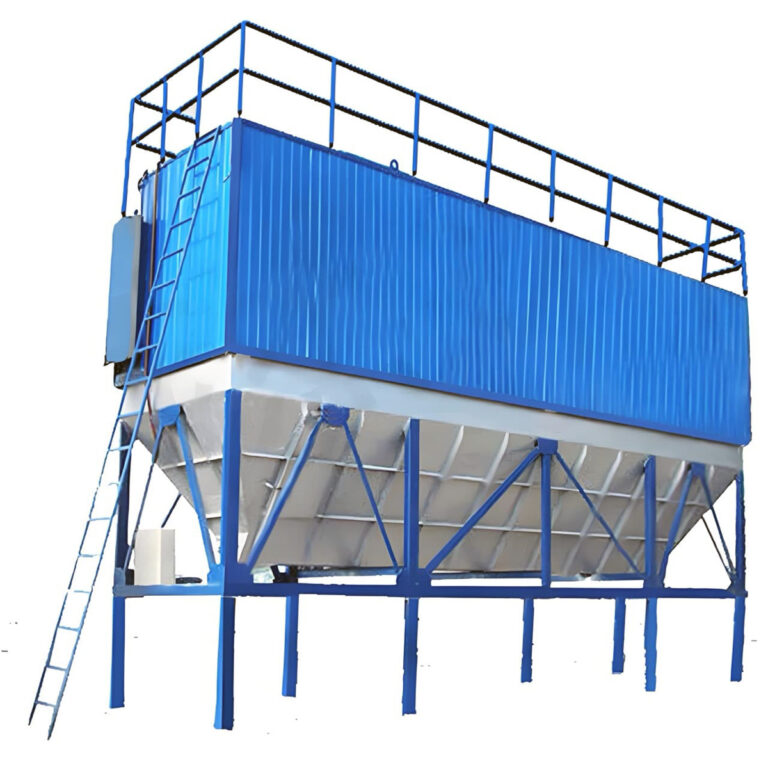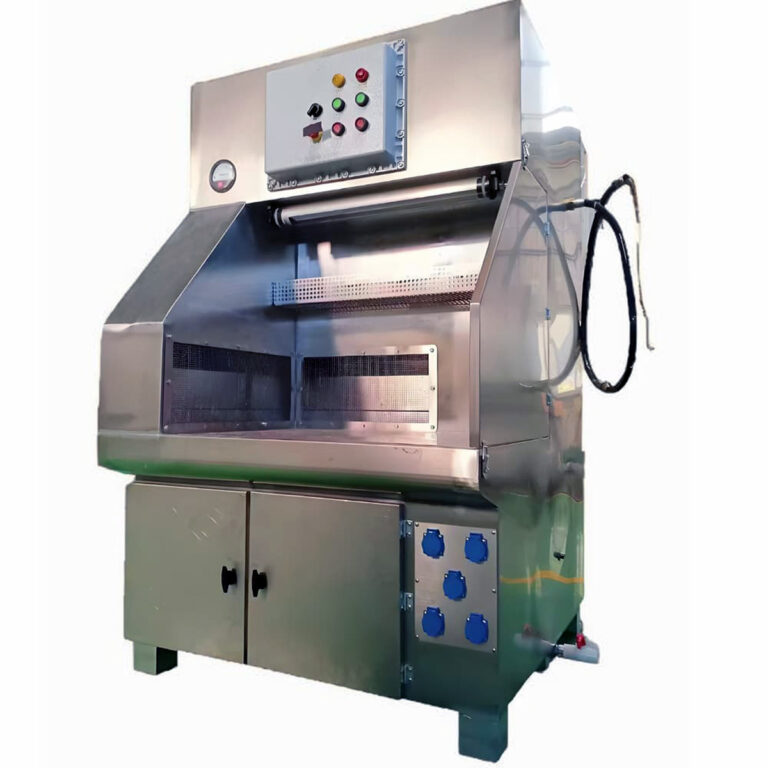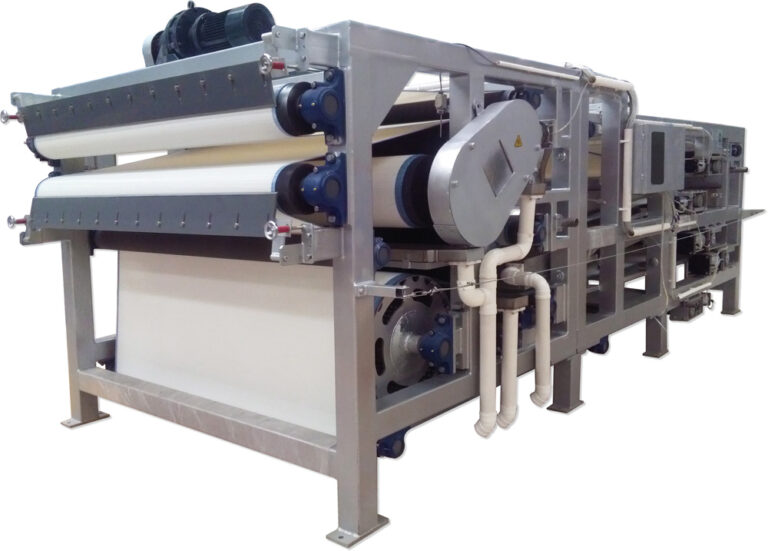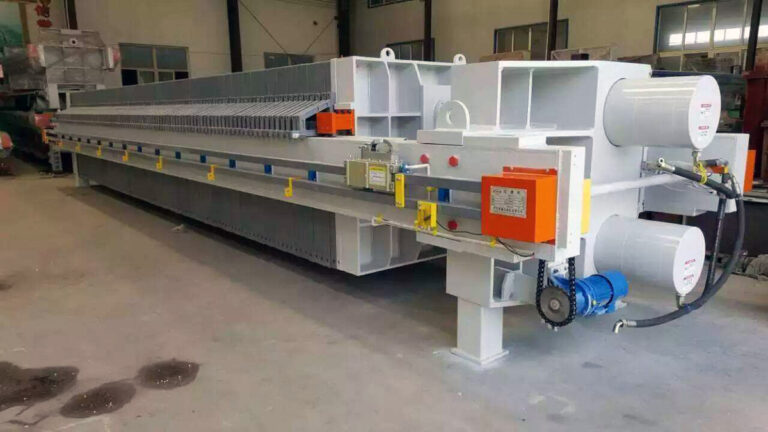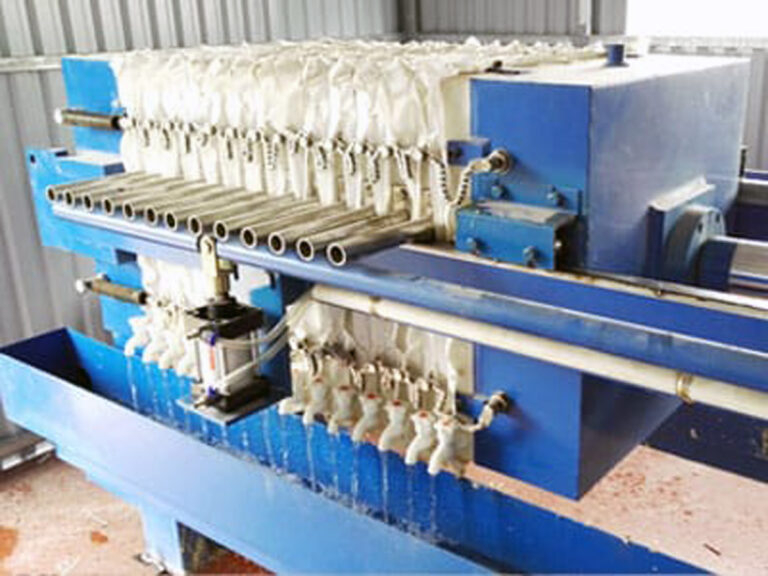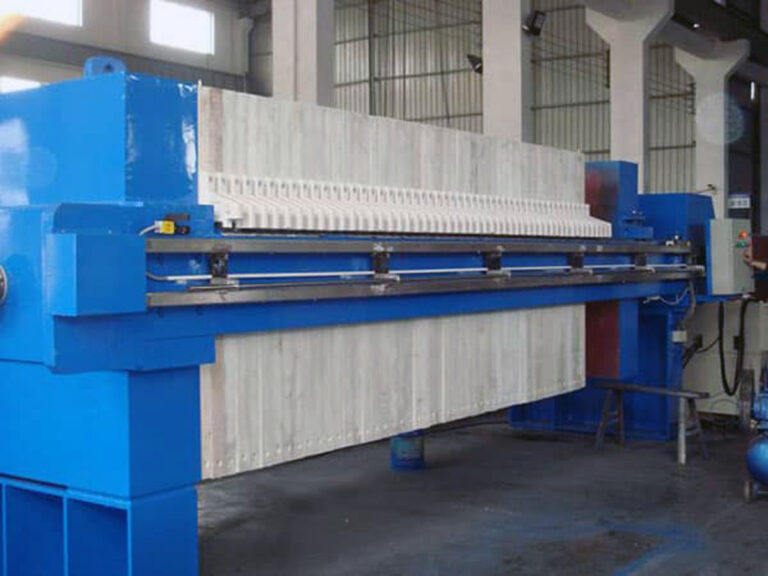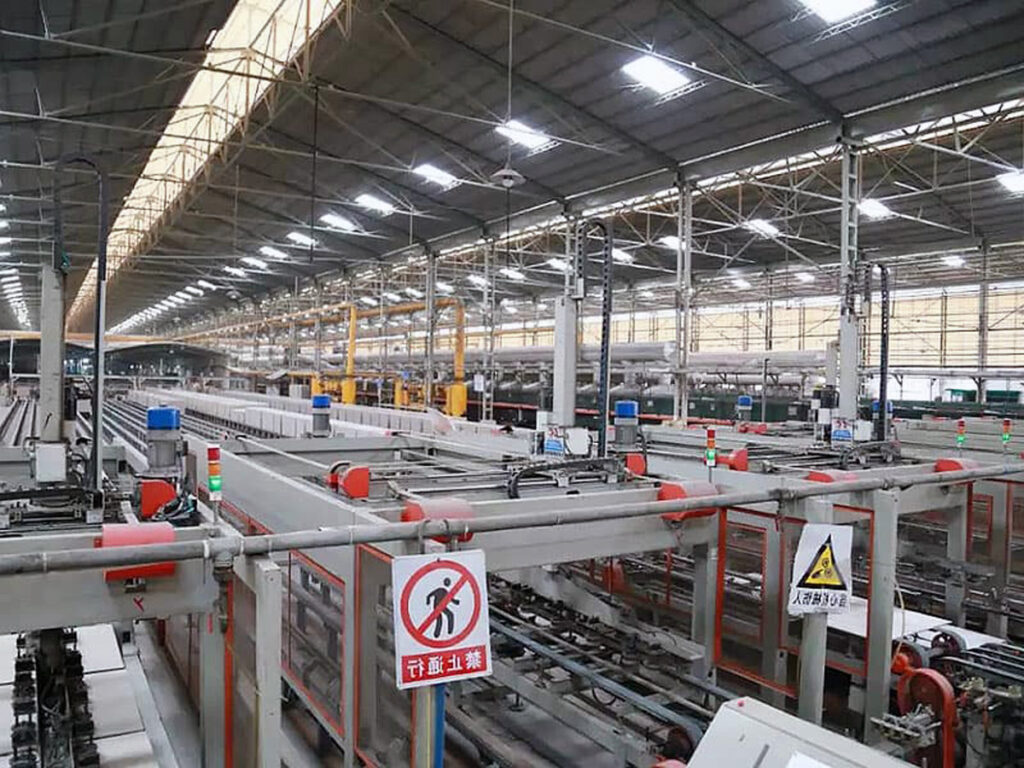Industrial facilities handling large volumes of contaminated water face mounting pressure to implement efficient treatment solutions. Regulatory compliance demands continue escalating while operational costs threaten profit margins. Without proper wastewater system installation and maintenance protocols, companies risk environmental violations, equipment failures, and costly emergency repairs that can shut down operations for weeks.
The consequences extend beyond immediate financial losses. Improper installation leads to system inefficiencies, reduced treatment capacity, and premature equipment degradation. Maintenance neglect results in catastrophic failures, environmental contamination, and regulatory penalties that can reach millions of dollars.
This comprehensive guide provides industrial professionals with proven installation methodologies, maintenance frameworks, and troubleshooting strategies developed from decades of field experience. You’ll discover systematic approaches to equipment selection, installation sequencing, and preventive maintenance programs that maximize system performance while minimizing operational disruptions.
What is Industrial Wastewater System Installation?
PORVOO defines industrial wastewater system installation as the comprehensive process of designing, implementing, and commissioning treatment infrastructure capable of processing contaminated water to meet regulatory discharge standards. This multifaceted undertaking involves mechanical, electrical, and chemical components working in synchronized harmony.
Core Components of Installation Systems
Modern installations integrate primary, secondary, and tertiary treatment stages. Primary treatment removes suspended solids through physical separation processes including screening, sedimentation, and flotation. Secondary treatment employs biological processes where microorganisms consume organic pollutants, typically achieving 85-95% BOD reduction rates.
Tertiary treatment addresses specific contaminants through advanced technologies like membrane filtration, ion exchange, and chemical precipitation. These systems achieve effluent quality suitable for discharge or reuse applications, with some installations reaching 99.9% contaminant removal efficiency.
Installation Complexity Factors
System complexity depends on influent characteristics, discharge requirements, and facility constraints. A pharmaceutical manufacturing plant processing 50,000 gallons daily with strict heavy metal limits requires significantly different infrastructure than a food processing facility with primarily organic waste streams.
In our experience, installations serving multiple industrial processes present unique challenges. Equipment must accommodate varying flow rates, contaminant concentrations, and operational schedules while maintaining consistent treatment performance across all conditions.
How to Plan Your Wastewater Treatment System Setup?
Effective planning prevents costly modifications and ensures regulatory compliance from project inception. The industrial wastewater installation guide begins with comprehensive site assessment and regulatory analysis, establishing foundation parameters that guide all subsequent decisions.
Site Assessment and Regulatory Requirements
Begin with detailed characterization of wastewater streams, including flow rates, contaminant profiles, and temporal variations. Collect samples during peak production periods to capture worst-case scenarios. According to EPA guidelines, influent characterization should span minimum 30-day periods representing typical operational cycles.
Regulatory requirements vary significantly by jurisdiction and discharge location. Municipal discharge permits typically allow higher contaminant concentrations than direct surface water discharge. Industrial facilities discharging to publicly owned treatment works (POTWs) must meet pretreatment standards preventing interference with municipal operations.
System Sizing and Technology Selection
Proper sizing prevents both over-investment and performance shortfalls. Size treatment components for 125% of maximum anticipated flow rates, accounting for future expansion and operational flexibility. This approach prevents hydraulic overloading during peak periods while maintaining treatment efficiency.
| Treatment Stage | Sizing Factor | Typical Retention Time | Performance Target |
|---|---|---|---|
| Primary Clarification | 1.2x peak flow | 2-4 hours | 60-70% TSS removal |
| Biological Treatment | 1.5x average flow | 6-24 hours | 90-95% BOD removal |
| Tertiary Filtration | 1.1x peak flow | 15-30 minutes | 95-99% effluent quality |
Technology selection depends on treatment objectives, available space, and operational preferences. Membrane bioreactors offer superior effluent quality but require more intensive maintenance than conventional activated sludge systems. Consider both capital costs and 20-year operational expenses when evaluating alternatives.
What Equipment is Essential for Wastewater System Installation?
Water treatment system setup requires careful coordination of mechanical, electrical, and instrumentation components. Equipment selection impact system reliability, maintenance requirements, and long-term operational costs more than any other factor.
Primary Treatment Equipment
Screening equipment removes large debris that could damage downstream components. Bar screens with 10-25mm openings handle coarse materials, while fine screens with 1-6mm openings capture smaller particles. Automated cleaning systems maintain consistent performance while reducing manual intervention requirements.
Pump stations must accommodate varying flow rates while maintaining consistent pressure throughout the system. Variable frequency drives (VFDs) provide energy efficiency and precise flow control, typically reducing energy consumption by 20-30% compared to fixed-speed alternatives.
Secondary and Tertiary Treatment Components
Biological treatment reactors form the heart of most industrial systems. Activated sludge reactors require precise control of dissolved oxygen levels, typically maintaining 2-4 mg/L in aerobic zones. Insufficient oxygen limits treatment efficiency, while excessive aeration wastes energy and can disrupt biological processes.
Membrane systems offer exceptional treatment performance but demand careful attention to fouling prevention. Ultrafiltration membranes achieve 99.9% pathogen removal while reverse osmosis systems can remove dissolved salts and trace contaminants to parts-per-billion levels.
Control and Monitoring Systems
Modern installations incorporate sophisticated control systems enabling remote monitoring and automated responses to process variations. SCADA systems provide real-time data on flow rates, chemical dosing, and effluent quality parameters, allowing operators to optimize performance continuously.
Process instrumentation measures critical parameters including pH, dissolved oxygen, turbidity, and specific contaminant concentrations. Reliable instrumentation prevents regulatory violations and enables predictive maintenance strategies that reduce unexpected failures by up to 40%.
How to Execute the Industrial Wastewater Installation Process?
The wastewater equipment installation process follows systematic sequences preventing conflicts and ensuring proper commissioning. Successful projects coordinate civil, mechanical, and electrical work while maintaining safety protocols and quality standards throughout construction phases.
Pre-Installation Preparation
Site preparation includes excavation, foundation construction, and utility installations. Coordinate underground utilities early, as conflicts discovered during installation cause significant delays and cost overruns. Verify all permits and regulatory approvals before beginning construction activities.
Equipment delivery scheduling prevents storage issues and weather exposure. Store sensitive components like control panels and instrumentation in climate-controlled environments. Establish clear material handling procedures preventing damage during transportation and positioning.
Installation Sequence and Best Practices
Begin with large mechanical components requiring heavy equipment access. Install primary treatment tanks and major pumping equipment before completing building enclosures that restrict crane access. This approach prevents costly disassembly and reassembly operations.
“Proper installation sequencing reduces project duration by 15-20% while eliminating rework costs that typically account for 8-12% of total project expenses,” notes industrial construction expert Dr. Sarah Mitchell from the Water Environment Federation.
Electrical installation follows mechanical completion with careful attention to hazardous area classifications. Many wastewater treatment areas require explosion-proof equipment due to potential hydrogen sulfide accumulation. Install electrical systems according to National Electrical Code requirements for Class I, Division 2 locations.
Commissioning and Testing Procedures
Systematic commissioning verifies all components function individually and collectively. Begin with individual equipment tests including pump performance curves, motor rotation direction, and control system responses. Progressive testing builds confidence while identifying issues before full-scale operation.
Performance testing demonstrates compliance with design specifications and regulatory requirements. Include hydraulic testing at various flow rates and process testing with actual wastewater streams. Document all test results for regulatory submissions and warranty compliance.
What Are the Critical Maintenance Requirements for Water Treatment Systems?
Industrial water system maintenance programs directly impact system reliability, treatment performance, and operational costs. Proactive maintenance prevents failures while reactive approaches result in emergency repairs costing 3-5 times more than scheduled maintenance activities.
Preventive Maintenance Schedules
Establish maintenance schedules based on manufacturer recommendations and operational experience. Mechanical equipment requires regular lubrication, alignment checks, and wear component replacement. Pumps typically need impeller inspection every 6-12 months depending on operating conditions and fluid characteristics.
Electrical systems require periodic thermographic scanning, connection tightening, and insulation testing. Control systems benefit from regular calibration verification and software updates. Instrumentation calibration should occur quarterly for critical safety and regulatory compliance measurements.
Predictive Maintenance Integration
Modern maintenance programs incorporate predictive technologies including vibration monitoring, oil analysis, and thermal imaging. These techniques identify developing problems before failures occur, enabling scheduled repairs during convenient maintenance windows.
Vibration monitoring detects bearing wear, misalignment, and imbalance conditions weeks before catastrophic failures. Oil analysis reveals internal wear patterns and contamination sources that accelerate equipment degradation. Implementing predictive maintenance typically reduces unplanned downtime by 50-70%.
Maintenance Documentation and Tracking
Comprehensive maintenance records support warranty claims, regulatory compliance, and equipment lifecycle management. Document all maintenance activities including findings, corrective actions, and parts replacement. Digital maintenance management systems facilitate scheduling, inventory management, and performance trending.
| Maintenance Type | Frequency | Typical Duration | Cost Factor |
|---|---|---|---|
| Routine Inspection | Weekly | 2-4 hours | 1x baseline |
| Preventive Service | Monthly | 4-8 hours | 2-3x baseline |
| Predictive Analysis | Quarterly | 1-2 hours | 1.5x baseline |
| Emergency Repair | As needed | 8-24 hours | 5-10x baseline |
How to Troubleshoot Common Installation and Maintenance Issues?
Understanding the wastewater treatment installation process includes recognizing typical problems and implementing effective solutions. Experience shows that 80% of operational issues stem from design oversights, installation errors, or maintenance deficiencies that proper procedures prevent.
Installation-Related Problems
Hydraulic issues frequently result from improper pipe sizing or inadequate slope calculations. Insufficient capacity creates bottlenecks limiting system performance, while excessive velocities cause erosion and noise problems. Verify all hydraulic calculations during design review and field verification phases.
Electrical problems often involve incorrect motor rotation, inadequate voltage supply, or improper grounding systems. Three-phase motors must rotate in correct directions for proper pump and blower operation. Measure voltage under load conditions, as no-load readings may not reveal supply inadequacies.
Operational Performance Issues
Biological treatment systems experience upsets from toxic shock loads, nutrient imbalances, or environmental stresses. Implement shock load protection through equalization tanks and feed control systems. Monitor mixed liquor suspended solids (MLSS) concentrations maintaining 2,000-4,000 mg/L for optimal performance.
Membrane fouling represents the most common tertiary treatment problem. Implement pretreatment systems removing suspended solids and implement regular cleaning cycles. Biofouling prevention requires chlorination or ultraviolet disinfection upstream of membrane systems.
Long-term Reliability Strategies
Component standardization reduces spare parts inventory and training requirements. Select equipment from established manufacturers with local service support. Standard components enable faster repairs and reduce maintenance costs over system lifecycles.
Operator training investments pay dividends through improved system performance and reduced maintenance costs. Well-trained operators identify developing problems early while optimizing system performance through proper adjustments and chemical dosing strategies.
What Are the Cost Considerations for Industrial Water System Maintenance?
Industrial water system maintenance costs typically represent 3-7% of initial capital investment annually, with proper planning and execution determining whether facilities achieve lower or higher percentages. Understanding cost drivers enables informed decisions balancing performance requirements with budget constraints.
Capital vs. Operating Cost Analysis
Initial equipment selection significantly impacts long-term operational costs. Energy-efficient equipment costs 15-25% more initially but provides 20-30% annual energy savings over 15-20 year lifecycles. Calculate total cost of ownership including energy, maintenance, and replacement costs when evaluating alternatives.
Maintenance strategy selection affects both scheduled and unscheduled costs. Preventive maintenance programs require higher scheduled expenditures but reduce emergency repair costs and production disruptions. Facilities implementing comprehensive preventive maintenance typically achieve 40-60% lower total maintenance costs compared to reactive approaches.
Budget Planning and Cost Control
Establish annual maintenance budgets based on equipment value, operating hours, and historical performance data. Allocate 60-70% for scheduled maintenance activities with 30-40% reserved for unexpected repairs and improvements. This distribution prevents emergency cost overruns while ensuring adequate preventive maintenance funding.
Contract maintenance services for specialized equipment lacking internal expertise. Membrane cleaning, instrumentation calibration, and electrical testing often require specialized knowledge and equipment that outsourcing provides more cost-effectively than developing internal capabilities.
The future of wastewater treatment emphasizes digital integration, energy recovery, and circular economy principles. Advanced installations incorporate artificial intelligence for predictive maintenance, real-time optimization, and automated responses to process variations. These technologies promise significant improvements in reliability, efficiency, and environmental performance.
Proper wastewater system installation and maintenance requires systematic planning, quality execution, and ongoing commitment to operational excellence. Facilities achieving superior performance consistently invest in comprehensive maintenance programs, operator training, and technology upgrades that optimize long-term system performance.
Your next steps should include conducting detailed assessments of current systems, developing comprehensive maintenance programs, and establishing partnerships with qualified service providers. Consider implementing industrial wastewater treatment solutions that integrate modern technologies with proven operational practices for optimal performance and regulatory compliance.
What specific challenges does your facility face with wastewater treatment system installation or maintenance? Understanding your unique requirements enables targeted solutions that deliver measurable improvements in performance, reliability, and cost-effectiveness.
Frequently Asked Questions
Q: What are the primary steps in installing a wastewater system?
A: Installing a wastewater system involves several key steps. First, ensure all necessary permits and local regulations are met. Then, prepare the site by finishing the grade, diverting surface water, and installing ground cover to prevent erosion. Next, connect the treatment system to the sewage line, ensuring proper water flow. Finally, test any alarm circuits and secure all access lids. This process typically doesn’t require special start-up procedures, as the system operates naturally.
Q: Why is regular maintenance crucial for wastewater systems?
A: Regular maintenance for wastewater systems is essential to ensure efficient operation and prevent failures. This includes checking water levels, inspecting system components, and addressing any issues promptly. Proper maintenance helps extend the system’s lifespan, reduce costs associated with repairs, and comply with environmental regulations.
Q: What are common issues encountered during wastewater system maintenance?
A: Common issues during maintenance include clogged pipes, faulty aerators, and malfunctioning alarm systems. To address these, inspect pipes regularly, check for blockages, and ensure all electrical components are functioning correctly. Additionally, perform routine tests on alarm circuits to ensure they activate properly during system failures.
Q: How do local regulations impact wastewater system installation?
A: Local regulations play a significant role in wastewater system installation. These regulations dictate specific requirements for system design, installation, and operation. Compliance is crucial to avoid legal issues and ensure the system operates effectively. It’s important to consult with local authorities to understand the specific regulations applicable to your area.
Q: What are the key components of a wastewater system maintenance manual?
A: A comprehensive maintenance manual for a wastewater system should include:
- Installation Guidelines: Detailed instructions for setting up the system.
- Operational Procedures: How to run the system efficiently.
- Troubleshooting Tips: Steps to address common issues.
- Scheduled Maintenance Schedules: Regular checks and tasks to maintain system health.
- Regulatory Compliance Information: Ensuring adherence to local and state regulations.
Q: How can following a maintenance manual benefit wastewater system operators?
A: Following a maintenance manual for wastewater systems provides operators with a structured approach to handling the system. This helps ensure that all necessary checks are performed regularly, reducing the likelihood of system failures and extending its lifespan. Additionally, it aids operators in adhering to regulatory requirements, thereby avoiding potential legal and environmental issues.
External Resources
Operation and Maintenance Manual For Onsite Wastewater Systems – A detailed manual providing step-by-step guidance for the operation, maintenance, and routine inspection of onsite wastewater treatment systems.
Wastewater Management Handbook for Local Officials – This handbook offers comprehensive coverage of wastewater system installation and includes in-depth information on maintenance schedules, record-keeping, and infrastructure protection.
Manuals Related to Operation and Maintenance of Wastewater Facilities – U.S. EPA – A U.S. EPA resource that links to various manuals concerning the operation, initial installation, and maintenance of municipal wastewater treatment plants.
Handbook of Water and Wastewater Treatment Plant Operations – This handbook serves as a technical reference for the installation and ongoing maintenance of water and wastewater systems, aimed at plant operators and engineers.
Sewer Pumps: A Comprehensive Maintenance Guide – A thorough web-based guide focused on maintenance best practices for sewer pumps, highlighting their role within residential and municipal wastewater systems.
EPA – Wastewater Technology Fact Sheet: Package Plants – This fact sheet outlines installation strategies and routine maintenance needs for modular (package) wastewater treatment systems, providing practical guidance for operators and municipal officials.
